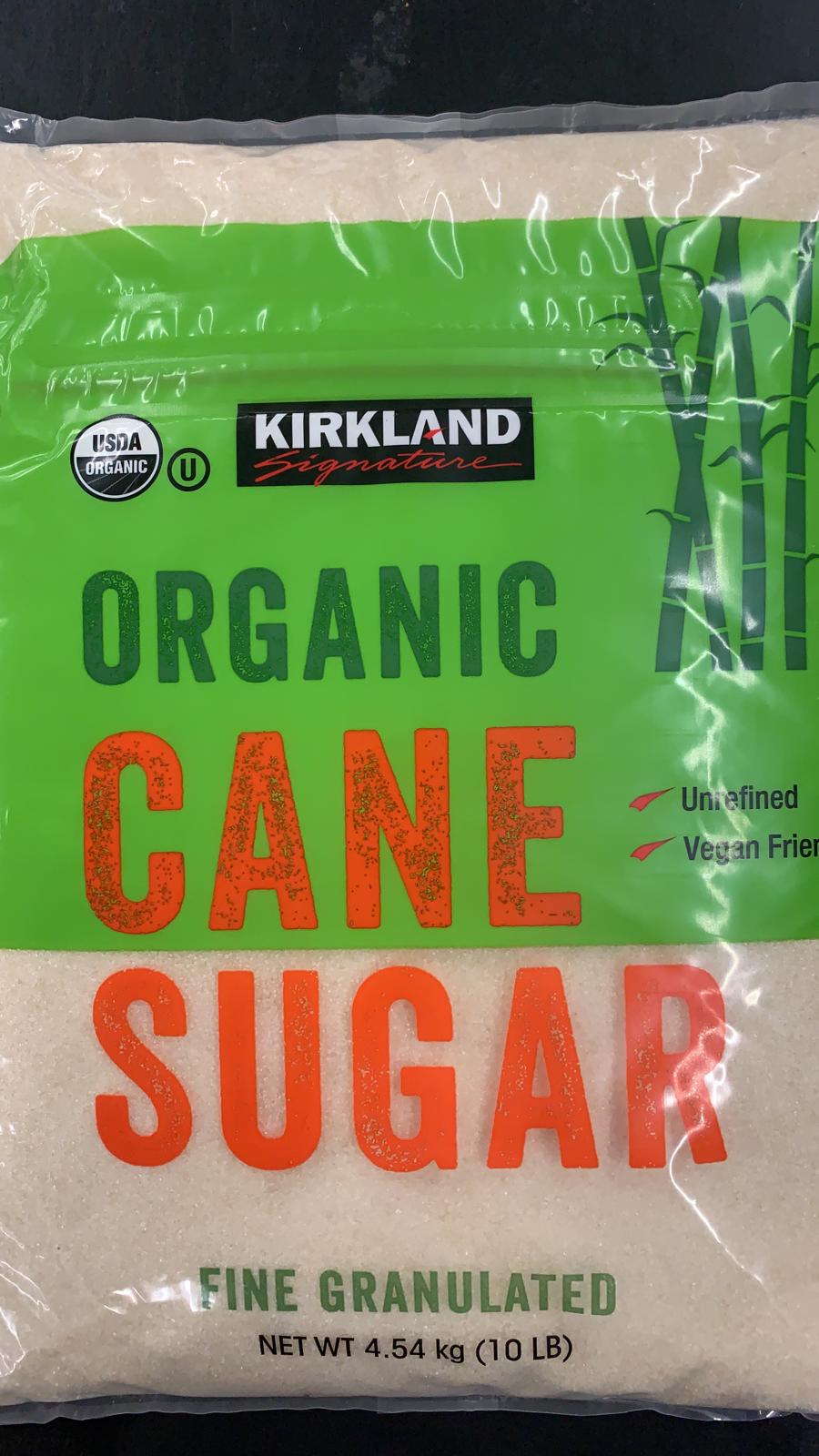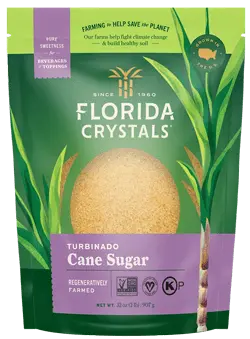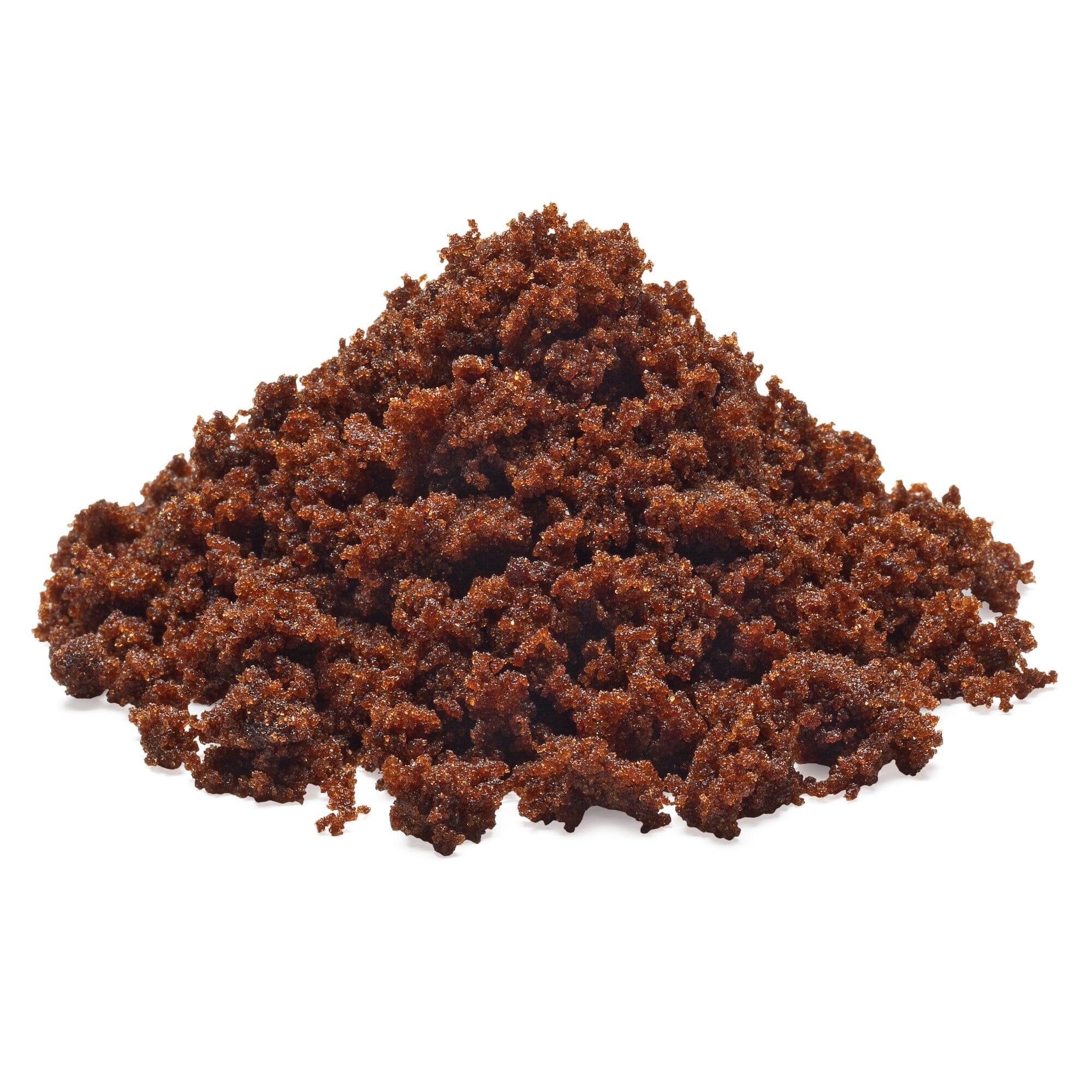Discovering the Comprehensive Tips Included in Walking Cane Sugar Processing From Gathering to Refinement
The process of cane sugar manufacturing incorporates a series of elaborate actions, starting with the mindful harvesting of sugarcane and finishing in the refinement stages that make certain the final item satisfies sector standards. Each phase, from the extraction of juice to the filtration and condensation processes, plays a critical role in establishing the high quality and personality of the sugar.
Collecting Sugarcane
Gathering sugarcane is an essential step in the cane sugar processing chain, as it straight influences the high quality and return of the end product. Proper timing and methods are crucial throughout this stage to ensure ideal sugar material and decrease losses. Normally, sugarcane is gathered when it gets to maturation, usually 12 to 18 months after growing, defined by a high sucrose concentration.

Post-harvest, the sugarcane has to be refined promptly to protect against sucrose deterioration. Preferably, gathered walking cane should be moved to processing facilities within 24 hours to preserve sugar high quality. As a result, effective logistical planning is essential to maintain the honesty of the collected plant throughout the supply chain.
Removal Process

The smashed cane undergoes a collection of pressing procedures to make the most of juice recovery. Usually, warm water is splashed onto the smashed cane, creating a countercurrent circulation that aids liquify the sugar while likewise aiding in the extraction procedure. The juice gathered from this procedure contains not just sugar yet additionally various organic substances and contaminations.

To improve extraction performance, some facilities might utilize diffusion methods, where the sugarcane is taken in warm water, enabling the soluble sugars to diffuse right into the fluid. The resulting juice, abundant in sucrose, is then directed to succeeding processing phases, laying the structure for filtration and improvement. The extraction process is hence pivotal in determining the top quality and yield of the last sugar product.
Filtration Strategies
The purification strategies used in walking cane sugar handling are essential for changing the raw juice into a top notch sugar item. These approaches largely aim to get rid of pollutants, such as soil, plant materials, and inorganic substances, which can detrimentally impact the last product's flavor and shade.
Among one of the most typical filtration strategies is clarification. This process includes including lime and heat to the raw juice, which helps with the coagulation of impurities. The resulting precipitate is after official site that gotten rid of with sedimentation or filtering, yielding a clearer juice. Additionally, the use of phosphoric acid can boost the explanation procedure by further binding pollutants.
Another significant method is carbonatation, where carbon dioxide is presented to the cleared up juice. This reaction creates calcium carbonate, which captures staying impurities and advertises their elimination.
In addition, activated carbon treatment might be related to adsorb any type of staying colorants and organic impurities, guaranteeing a much more polished product. The combination of these techniques efficiently prepares the sugar juice for subsequent action in the refining procedure, setting the stage for the manufacturing of premium walking stick sugar.
Crystallization Techniques
After the filtration stage, the next crucial step in walking stick sugar processing entails crystallization methods, which play a pivotal duty in changing the clarified juice into strong sugar. This procedure normally employs two key techniques: spontaneous crystallization and regulated condensation.
In spontaneous crystallization, supersaturated sugar options are enabled to cool normally, leading to the formation of sugar crystals over time. This technique enables for the consistent development of sugar crystals and greater purity.
Throughout crystallization, the made clear juice is focused with evaporation, raising its sugar web content up until it gets to supersaturation. Once this point is accomplished, either method can assist in the condensation procedure. Cane Sugar Processing. The resultant sugar crystals are then separated from the remaining syrup with centrifugation
Ultimately, the choice of condensation technique impacts the top quality, size, and purity of the last sugar product, making this action important in the total walking stick sugar handling treatment.
Improvement and Packaging
How can the purity and top quality of read here walking cane sugar be even more enhanced after condensation? The refinement process plays a critical role in achieving top notch cane sugar. Following formation, sugar undergoes an extensive washing to eliminate contaminations and residual molasses. This is typically achieved using cozy water or heavy steam, which aids dissolve and remove unwanted elements while preserving the sugar crystals.
Following, the sugar is subjected to a procedure called centrifugation, where it is rotated at high speeds to divide the detoxified sugar crystals from the remaining fluid. After centrifugation, the sugar is frequently further improved with a technique called carbonization or phosphatation, which uses turned on carbon or phosphoric acid to get rid of shade and off-flavors.
Once fine-tuned, the sugar is dried to achieve the desired wetness content, making certain that it stays stable during storage and transportation. The final step includes packaging the polished sugar in impermeable and moisture-proof containers to maintain its top quality and stop contamination. Cane Sugar Processing. Correct product packaging not just prolongs rack life however likewise promotes simple handling and circulation, ensuring that consumers receive sugar that satisfies the greatest standards of purity and top quality
Final Thought
The extensive steps associated with walking stick sugar handling, from the precise harvesting of sugarcane to the intricate refinement and product packaging phases, underscore the value of each phase in ensuring high-quality sugar production. Ideal harvesting techniques, reliable removal methods, and rigorous filtration processes collectively contribute to the final item's pureness and stability. The crystallization and succeeding product packaging methods better enhance the honesty and rack life of the sugar, highlighting the intricacy and accuracy inherent in this crucial agricultural market.
The process of walking cane sugar manufacturing includes a collection of detailed actions, beginning with the mindful harvesting of sugarcane and culminating in the improvement phases that ensure the final product meets sector standards. Ideally, gathered cane ought to be moved to processing facilities within 24 hours to maintain sugar top quality.In spontaneous formation, supersaturated sugar solutions are allowed to cool down normally, leading to the development of sugar crystals over time - Cane Sugar Processing. The refinement read this post here procedure plays a crucial role in accomplishing high-grade cane sugar.The extensive steps entailed in cane sugar handling, from the meticulous harvesting of sugarcane to the detailed improvement and product packaging phases, highlight the relevance of each phase in making sure high-quality sugar production